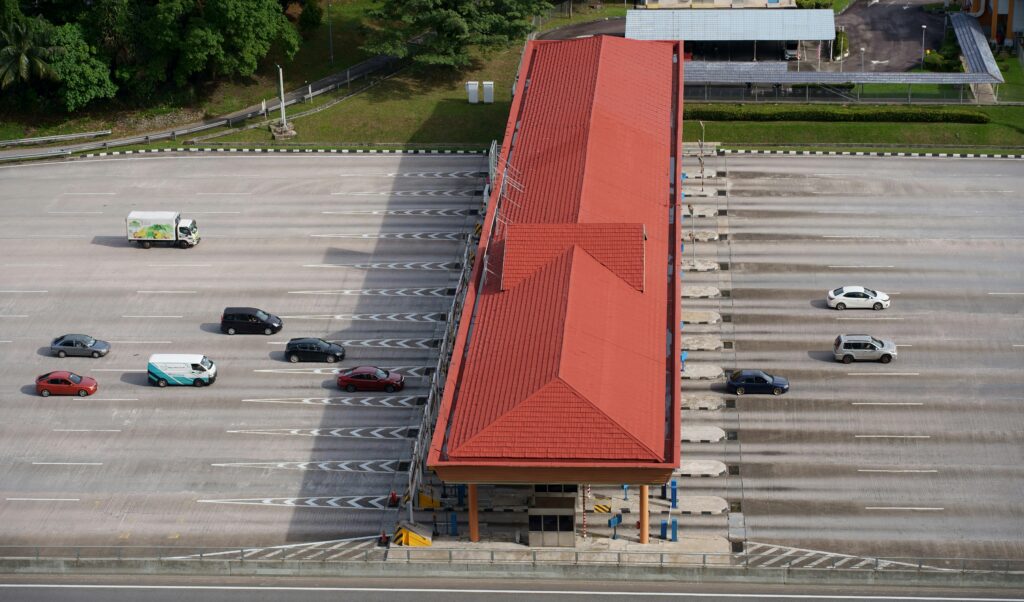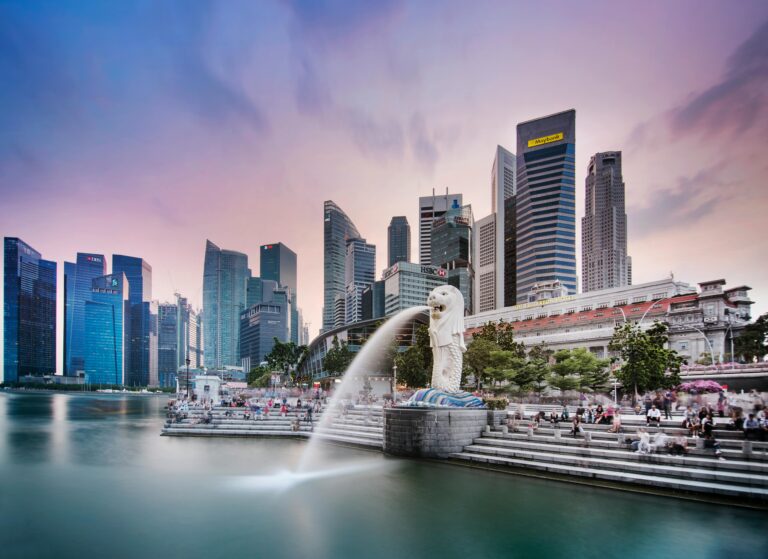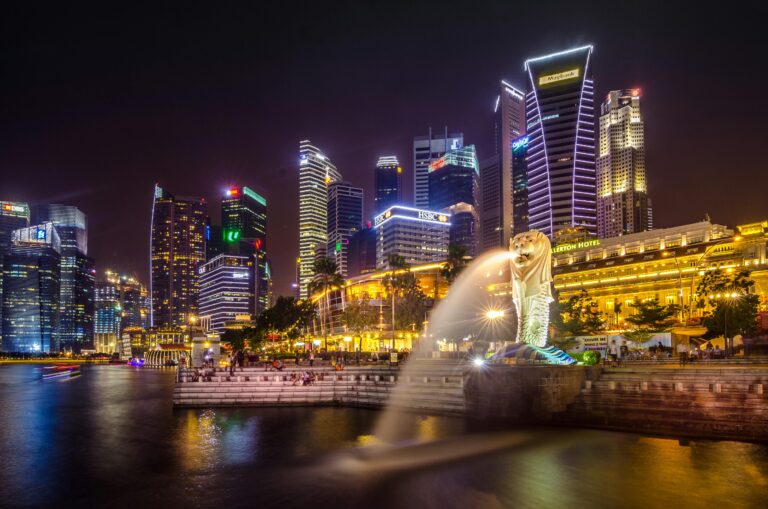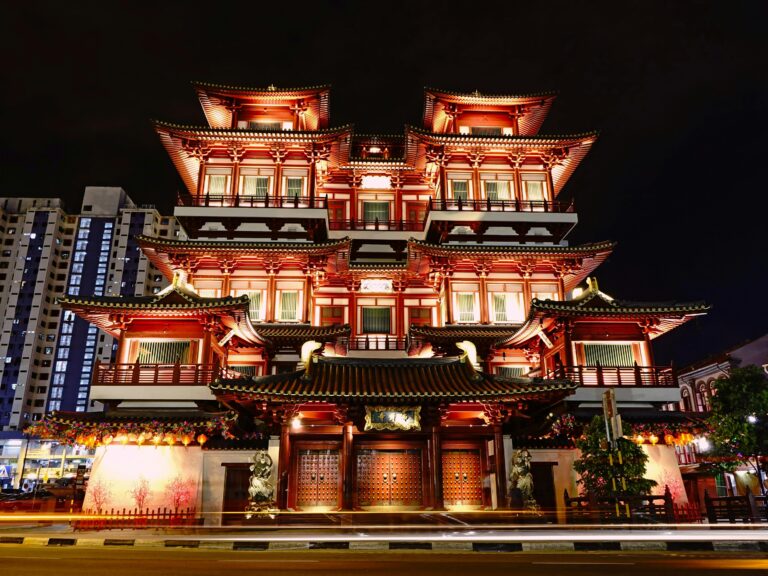
Singapore, renowned for its efficient infrastructure and urban planning, boasts a sophisticated road pricing system aimed at managing traffic flow and reducing congestion. As a visitor or resident, understanding these road rates is crucial to navigating the city smoothly. This guide aims to demystify Singapore’s road pricing mechanisms, highlighting key aspects such as the Electronic Road Pricing (ERP) and the Vehicle Entry Permit (VEP).
Read more road tips here: https://learntodrivesg.com/
Electronic Road Pricing (ERP) in Singapore
The Electronic Road Pricing (ERP) system is a cornerstone of Singapore’s traffic management strategy. Implemented in 1998, ERP relies on a network of gantries equipped with sensors that automatically deduct toll charges when vehicles pass through designated zones during peak hours. The ERP rates vary based on traffic conditions, time of day, and location, with higher rates during rush hours and in more congested areas.
Key Features of ERP:
- Variable Pricing: Rates change dynamically to reflect current traffic conditions, ensuring smoother traffic flow.
- Coverage: ERP gantries are strategically placed on expressways and major roads across the island.
- Payment: ERP fees are deducted via a stored-value card known as the CashCard or through the use of the newer generation of in-vehicle units.
Types of ERP Charges
ERP rates are categorized into different pricing tiers:
- Normal ERP Rates: Typically lower, applying during off-peak hours or less congested areas.
- Peak ERP Rates: Higher charges apply during weekday mornings (7:30 AM – 9:30 AM) and evenings (5:00 PM – 8:00 PM) in central areas.
Vehicle Entry Permit (VEP)
Apart from ERP, Singapore requires foreign-registered vehicles, including cars and motorcycles, to obtain a Vehicle Entry Permit (VEP) to enter the country. The VEP is primarily aimed at managing traffic and ensuring that foreign vehicles comply with Singapore’s regulations. The permit is obtained online and requires payment of a fee which varies based on the vehicle’s emission level and time of entry.
Key Aspects of VEP:
- Application: Must be applied for in advance through the Land Transport Authority’s (LTA) online portal.
- Fees: Calculated based on vehicle type, emissions, and the duration of stay in Singapore.
- Compliance: Failure to obtain a VEP may result in fines or denial of entry into Singapore.
Other Road Charges in Singapore
In addition to the Electronic Road Pricing (ERP) system and Vehicle Entry Permit (VEP), Singapore has a few other paid road networks and toll systems that contribute to its comprehensive traffic management strategy. These systems include:
1. Toll Roads
Singapore has several expressways and bridges where toll charges apply. These tolls are typically collected electronically using the same CashCard or in-vehicle unit used for ERP. Key toll roads include:
- Tuas Second Link: Connects Singapore to Malaysia’s Johor Bahru via the Second Link Expressway (Linkedua Expressway). Toll charges vary depending on the type of vehicle.
- Woodlands Checkpoint: Charges may apply when entering Singapore from Malaysia through the Causeway.
- Changi Airport Connector: Connects Changi Airport to the East Coast Parkway (ECP), serving as a direct route with a toll fee.
2. Area Licensing Scheme (ALS)
Although not currently active, Singapore previously implemented the Area Licensing Scheme (ALS) in the city center to manage congestion during peak hours. ALS required vehicles to purchase a daily or monthly license to enter the designated restricted zone. It was replaced by the ERP system in 1998 but remains an important part of Singapore’s history in traffic management.
3. Marina Coastal Expressway (MCE)
The Marina Coastal Expressway (MCE) is a part of Singapore’s expressway network connecting Kallang-Paya Lebar Expressway (KPE) to East Coast Parkway (ECP) and Ayer Rajah Expressway (AYE). While it does not currently have toll charges, its construction and operational costs were partially funded by the Land Transport Authority (LTA) through a concession agreement with the operator.
4. Sentosa Gateway Tunnel
The Sentosa Gateway Tunnel provides direct access to Sentosa Island from the mainland and has an ERP gantry to manage traffic flow effectively. ERP charges apply during peak hours and weekends to regulate access to the island.
Navigating the System
For residents and frequent visitors, understanding ERP timings and locations is essential for planning routes and minimizing travel costs. Real-time updates on ERP rates are available via mobile apps and the LTA website, allowing drivers to make informed decisions.
Parking Fees in Singapore Road
Parking fees in Singapore vary depending on the location and type of parking facility. Here’s a comprehensive overview of parking fees across different areas and scenarios in Singapore:
1. Public Car Parks
Public car parks in Singapore are managed by the Housing Development Board (HDB) and the Urban Redevelopment Authority (URA). Fees are generally lower compared to commercial areas.
- HDB Car Parks: Typically charge around SGD 0.60 to SGD 1.20 per hour during peak hours (Monday to Saturday, 7:00 AM to 10:30 PM).
- URA Car Parks: Rates vary depending on the location and whether it’s in the city center or residential area. Rates can range from SGD 0.60 to SGD 5.00 per hour.
2. Commercial Car Parks
In commercial areas and shopping districts, parking fees are usually higher due to higher demand and limited space.
- Shopping Malls: Offer various rates, often providing the first hour free or discounted rates for shoppers. Subsequent hours may range from SGD 1.50 to SGD 3.00 per half-hour.
- Central Business District (CBD): Parking rates are significantly higher, ranging from SGD 3.00 to SGD 6.00 per hour or more during peak hours (Monday to Saturday, 8:00 AM to 6:00 PM).
3. Electronic Parking System (EPS)
Some areas in Singapore use the Electronic Parking System (EPS), where drivers pay for parking using a stored-value card.
- EPS Parking Zones: Fees range from SGD 0.60 to SGD 2.00 per half-hour, depending on the specific zone and time of day.
4. Season Parking
Residents and businesses can purchase season parking permits for designated areas, offering a fixed monthly rate for parking throughout the day. Rates vary depending on the location, with CBD areas generally commanding higher fees.
- HDB Season Parking: Typically ranges from SGD 80 to SGD 120 per month, depending on the location.
- Private Residential Areas: Can vary widely but generally lower than CBD rates.
5. ERP Parking
In some areas, especially within the CBD and busy commercial districts, parking facilities may be subject to ERP charges during specific hours to manage congestion.
6. Special Events and Public Holidays
During special events or public holidays, parking rates may vary, with some areas offering discounted rates or free parking.
Payment Methods
Most parking facilities in Singapore accept payment via:
- Electronic Payment Systems: Such as EZ-Link cards, NETS, or credit/debit cards.
- Parking Apps: Many car parks offer payment through mobile apps for added convenience.
Conclusion
Singapore’s road pricing system, anchored by ERP and VEP, reflects the city-state’s commitment to sustainable urban mobility and efficient traffic management. While these charges may initially appear complex, they contribute significantly to reducing congestion and maintaining the high standards of public transport that Singapore is known for. Whether you are a local or a visitor, staying informed about these road rates ensures a smoother journey through the Lion City’s bustling streets.






